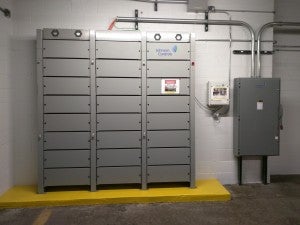 From Apple to General Electric, it is common practice in the corporate world for established juggernauts to invest significant sums for research and development. Why? Maintaining one’s reign atop a sector requires dynamic, cutting edge innovation.
From Apple to General Electric, it is common practice in the corporate world for established juggernauts to invest significant sums for research and development. Why? Maintaining one’s reign atop a sector requires dynamic, cutting edge innovation.
The same logic applies to state economies. And when it comes to energy, Texas – where oil and gas reign king – has arguably been America’s most dominant state for the past century. Over recent years, however, technologies and developments reshaping the sector have advanced at an unprecedented rate. As a result, it’s become clear that the energy sector of the future will rely far more on clean energy and smart technologies than on fossil fuels.
The good news: Texas has by far the most potential for solar and wind generation in the United States, which means the Lone Star state might be even more energy-rich in the 21st century than it has been in the past. In addition, the state’s energy sector is trending cleaner due to market forces.
And, in case you needed more proof, 2015 has been a dynamite year for clean energy momentum in Texas. Here are five reasons why: Read More













